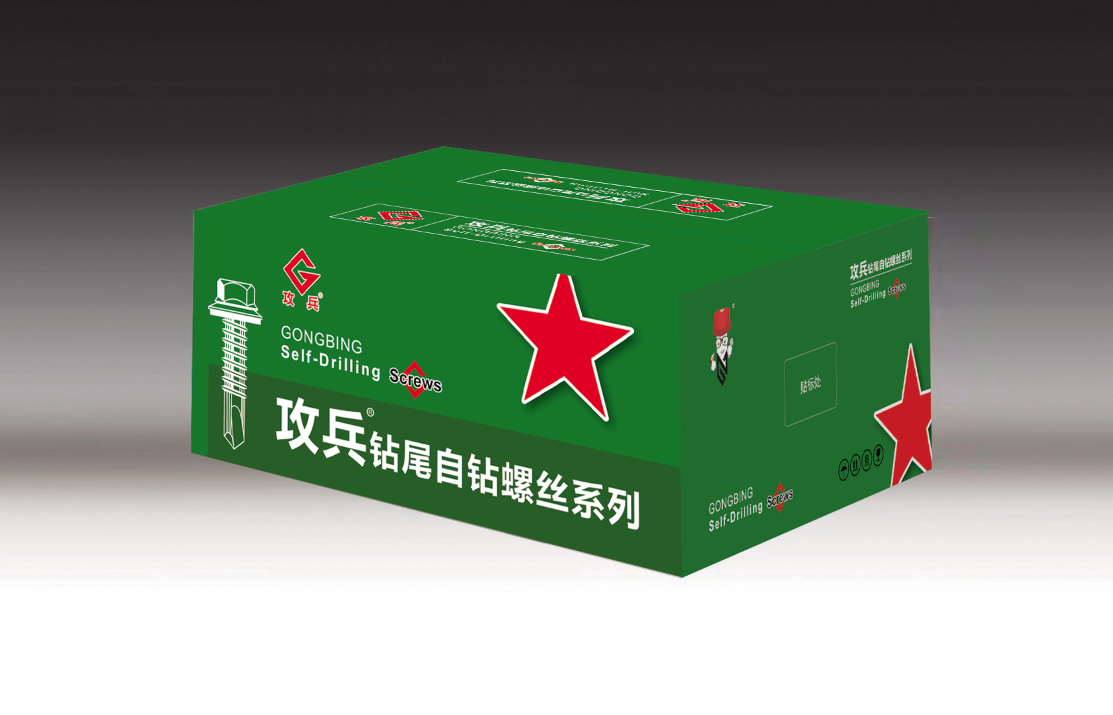Neoprene Washer-Equipped Self-Tapping Screws for Enhanced Sealing and Performance
The Versatility and Benefits of Self-Tapping Screws with Neoprene Washers
Self-tapping screws are an essential fastener in various applications, combining ease of use with time efficiency. When these screws are paired with neoprene washers, their functionality is significantly enhanced, making them an ideal choice for multiple projects, particularly in construction and automotive industries. This article delves into the advantages of self-tapping screws with neoprene washers, their applications, and tips for effective use.
Understanding Self-Tapping Screws
Self-tapping screws are designed to create their own mating thread as they are driven into materials, providing a secure fit without the need for pre-drilled holes. There are two primary types thread-cutting screws, which remove material to create a thread, and thread-forming screws, which displace material to form a thread. This unique characteristic streamlines assembly processes, reduces labor costs, and improves overall efficiency in various applications.
The Role of Neoprene Washers
Neoprene washers are rubber-like components that add an extra layer of functionality to self-tapping screws. Made from a synthetic rubber known for its durability, resilience, and resistance to weather elements, neoprene washers serve several vital purposes
1. Sealing Properties When used in conjunction with self-tapping screws, neoprene washers effectively seal the screw hole, preventing moisture, dirt, and contaminants from infiltrating critical components. This sealing property is particularly valuable in outdoor applications where exposure to the elements can lead to rust and corrosion.
2. Vibration Dampening Mechanical components are often subjected to vibrations that can loosen fasteners over time. Neoprene washers provide a cushioning effect, absorbing vibrations and reducing the risk of loosening. This characteristic is especially beneficial in automotive and machinery applications.
3. Load Distribution Neoprene washers help distribute the load of the screw over a larger area, reducing the likelihood of damaging the material being fastened. This feature is crucial when working with softer materials that may be prone to stripping or cracking.
Applications of Self-Tapping Screws with Neoprene Washers
The combination of self-tapping screws and neoprene washers is widely utilized across various industries
- Construction In building applications, these screws are used to fasten roofing materials, metal panels, and insulation, providing airtight seals crucial for energy efficiency and structural integrity
.self tapping screw with neoprene washer

- Automotive In vehicles, self-tapping screws with neoprene washers are employed in securing parts such as panels, trim, and electrical components, where durability and vibration resistance are essential.
- Marine Applications The water-resistant properties of neoprene make these fasteners ideal for boating and marine environments, where exposure to saltwater can quickly degrade standard fasteners.
- HVAC Systems In heating, ventilation, and air conditioning systems, the sealing capabilities of these screws prevent air leaks, thereby enhancing system efficiency.
Tips for Effective Use
To maximize the benefits of self-tapping screws with neoprene washers, consider the following tips
1. Choose the Right Size Select screws and washers that are appropriately sized for your application. A proper fit ensures maximum effectiveness and reduces the risk of damage.
2. Pre-Drilling While self-tapping screws do not require pre-drilling, doing so in harder materials can help ensure a clean entry and reduce stress on the screw.
3. Installation Torque Be mindful of the torque applied during installation. Over-tightening can damage the material or compress the neoprene washer beyond its design limits.
4. Regular Maintenance In applications subject to cyclical stress or environmental exposure, regular inspections can help identify any loosening or wear in the washers and screws.
Conclusion
Self-tapping screws combined with neoprene washers represent a versatile and efficient fastening solution for a wide range of applications. Their unique characteristics, including improved sealing, vibration dampening, and load distribution, make them indispensable in ensuring durability and reliability in both construction and machinery. By understanding their benefits and implementing best practices, users can enhance the performance and longevity of their projects.
-
Weatherproof Plastic Expansion Anchors for OutdoorNewsJun.06,2025
-
Sustainability in the Supply Chain: Eco-Friendly TEK Screws ProductionNewsJun.06,2025
-
Load-Bearing Capacity of External Insulation FixingsNewsJun.06,2025
-
Double Head Bolts: Enhancing Efficiency in Industrial MachineryNewsJun.06,2025
-
Corrosion Resistance in Chipboard Screws: Coatings for Wholesale DurabilityNewsJun.06,2025
-
Butterfly Toggle Bolts : Enhancing Structural ResilienceNewsJun.06,2025
